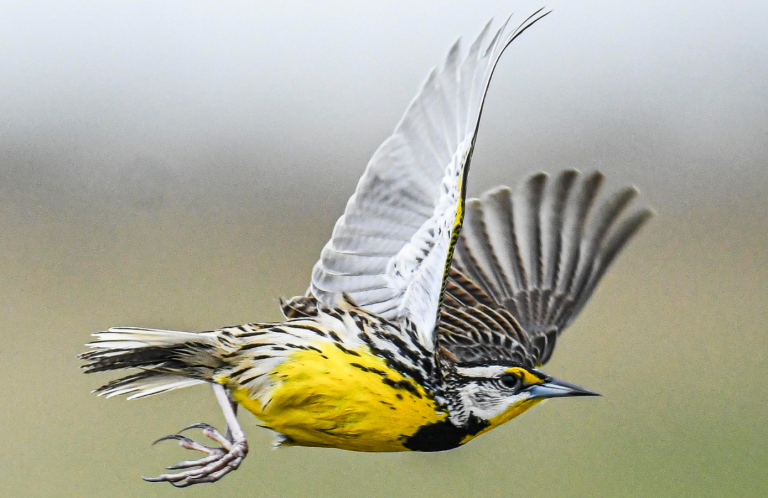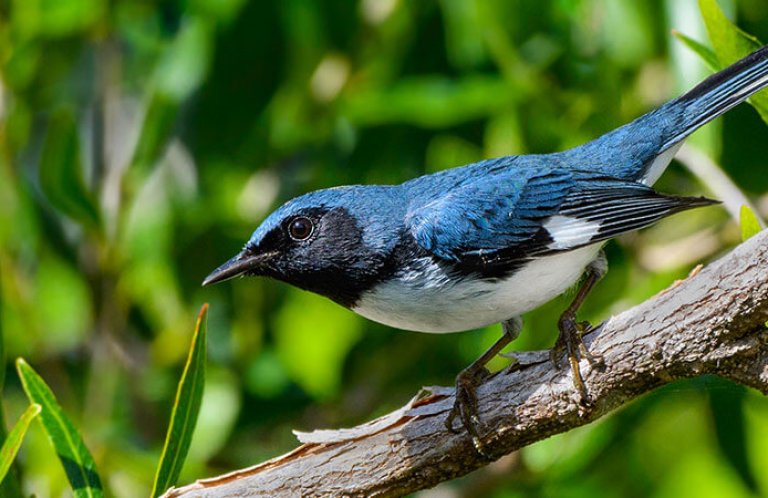Stepping Up for Birds — and Habitat

I've often heard people say that when habitat is destroyed, birds will just “move elsewhere.” But where is elsewhere exactly? In reality, suitable “elsewhere” habitat is either already occupied by other birds of the same species — or it isn't actually suitable in the first place. Shorebirds can't live in forests. Warblers don't exist on mudflats. Imagine if this was about your home. “They'll just move somewhere else.” You live where you live because you like it. Or maybe because it's where you need to live. It suits you. That's true for birds, too. Home is where the habitat is.

American Bird Conservancy (ABC) recently joined a lawsuit that aims to compel the State of Utah to stop water diversions from the Great Salt Lake, which is currently on track to dry up within just a few years unless something changes. Of all the places I can think of that fit the concept of “there's no elsewhere habitat,” the Great Salt Lake is perhaps the best example. If you have not visited yet, I strongly recommend it, and especially during fall migration. The number of migratory birds that use the lake is staggering.
One late-summer day 10 years ago, as I drove across the causeway to Antelope Island just after arriving in Salt Lake City, a large flock of shorebirds passed across the road in front of me. I'm used to seeing large flocks of Dunlin and Western Sandpipers, and I was fully expecting this group to be one of those two species. But then, I put my binoculars on them and realized that they were all Red-necked Phalaropes. By far the most I had even seen in one place. It didn't take me long to figure out that the lake was full of thousands of these phalaropes.
It was obvious, too, that a hatching of brine flies was underway. The flies were so abundant along the lakeshore that they almost seemed to move like a liquid as we walked among them — being pushed away from our shoes in waves. These flies are extremely nutritious for birds, and it is amazing to see hundreds of Franklin's Gulls feeding almost like baleen whales — by opening their bills and running along the shoreline scooping up dozens of the harmless flies in each gulp.
ABC is quite reluctant to engage in legal action. In fact, one of ABC's operating principles states that “ABC strives to be respectful and thoughtful with everyone, including with opponents, listening to all sides of an issue and considering the views of others even when they are in opposition to ABC's own.” But we also don't back down from tough fights, and once in a while, this leads us into court. The Great Salt Lake is such a case. There really isn't an elsewhere for the 10 million phalaropes, Eared Grebes, American White Pelicans, Marbled Godwits, American Avocets, Franklin's Gulls, and other species that depend on the lake for their very survival.

All across ABC's programs, our team works day in and day out to ensure that birds can continue to use the habitat they depend on. Most of this work involves us purchasing habitat for protected areas — in Latin America for example; working with landowners, partner organizations, and agencies to ensure that land is better managed for birds across the United States; and once in a while stepping up and addressing habitat conservation through the courts. Whatever the need that birds have, ABC is there — and will continue to be with your support.
Thank you for all your help. It's the difference between habitat providing a real home for birds and birds being forced to an “elsewhere” that really doesn't exist.



















































